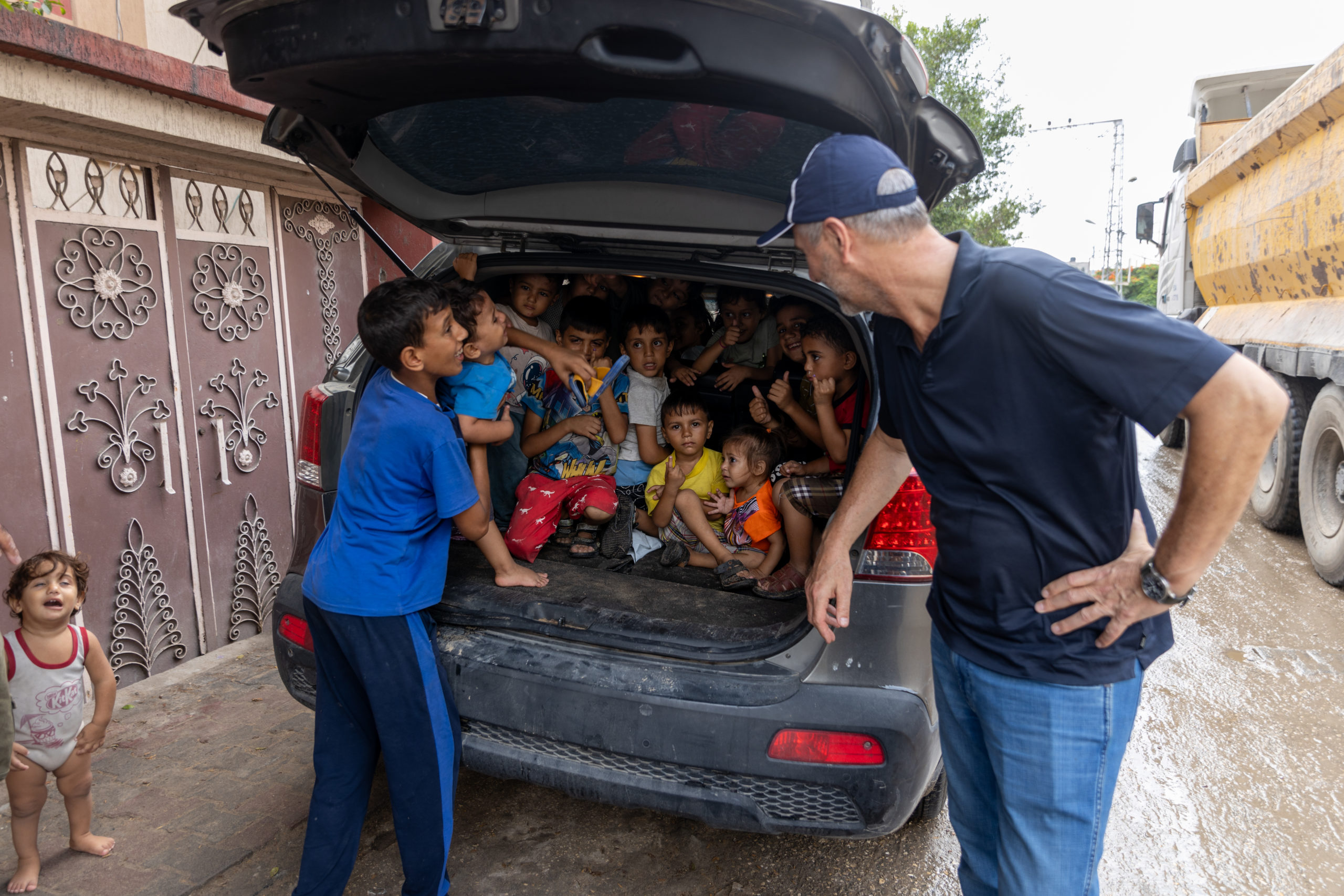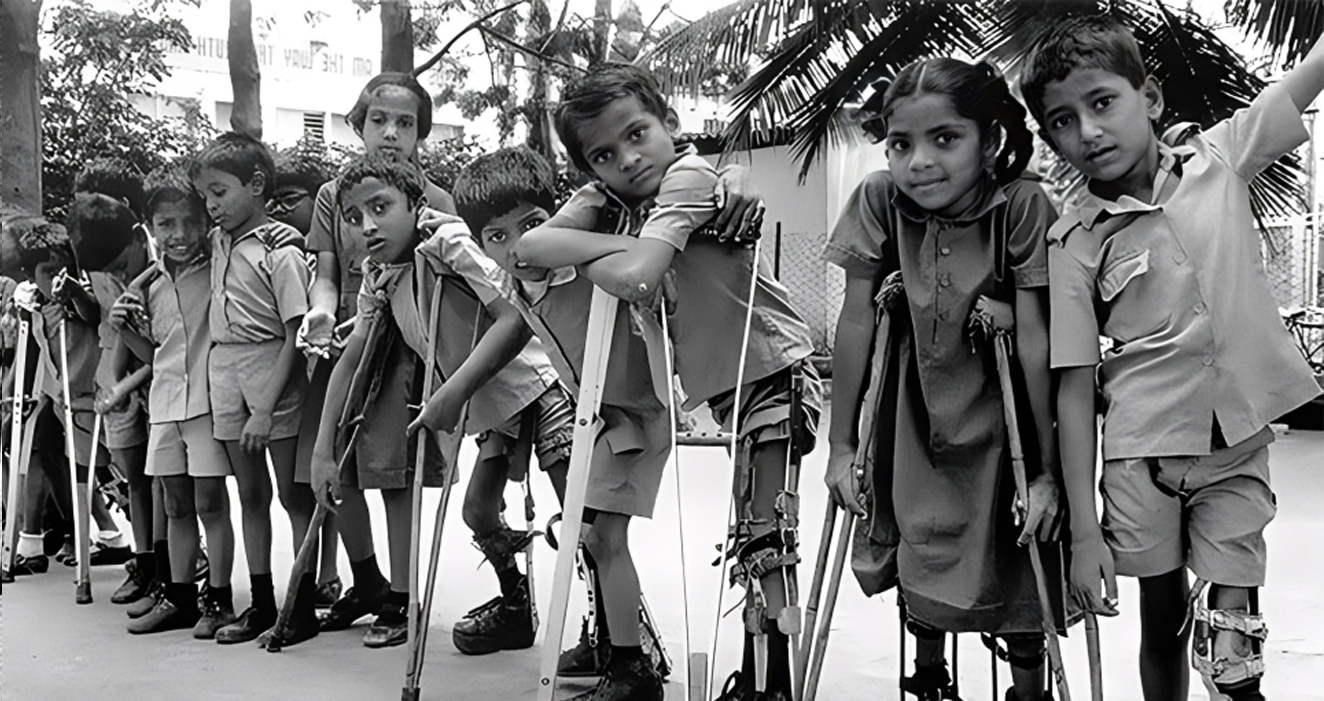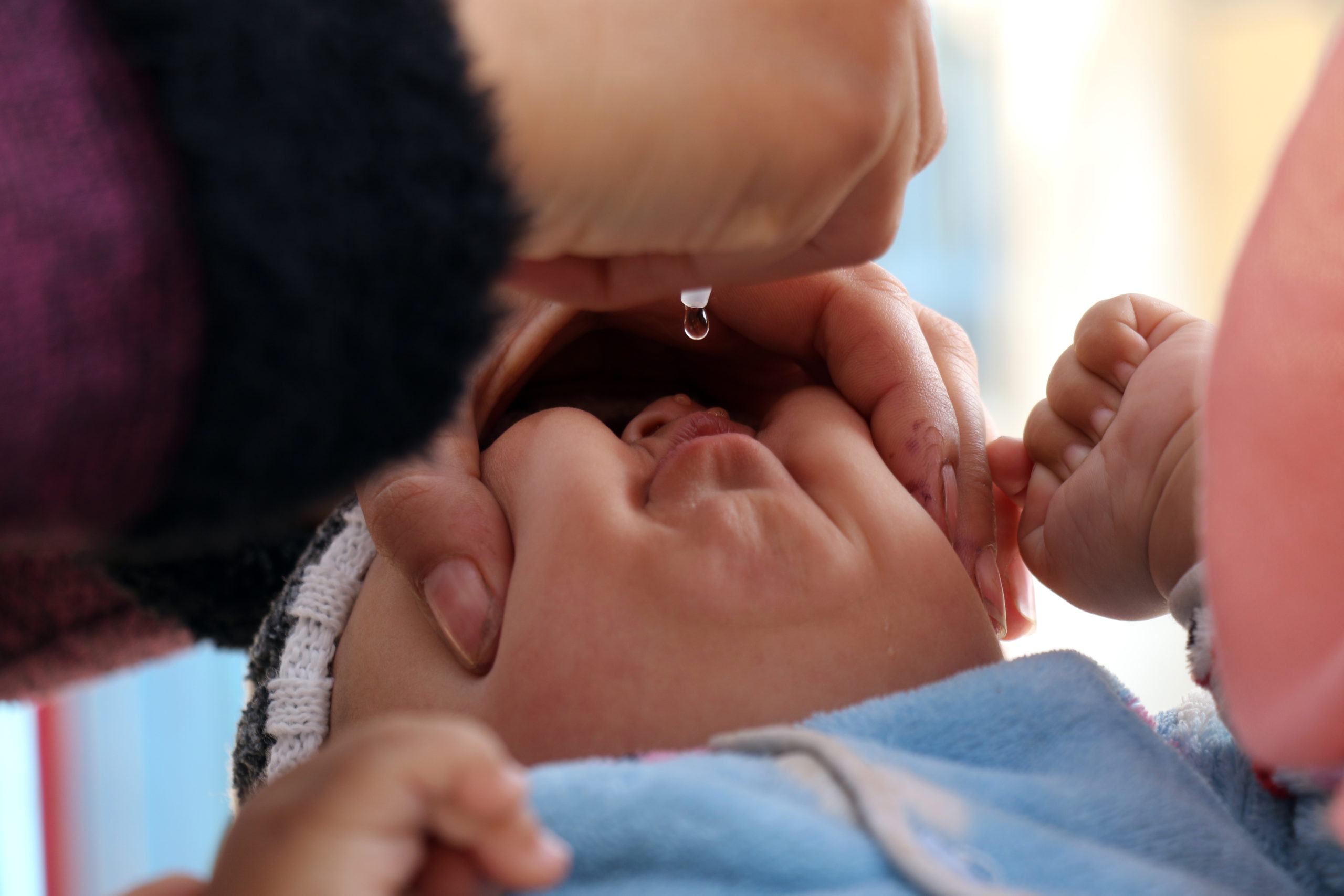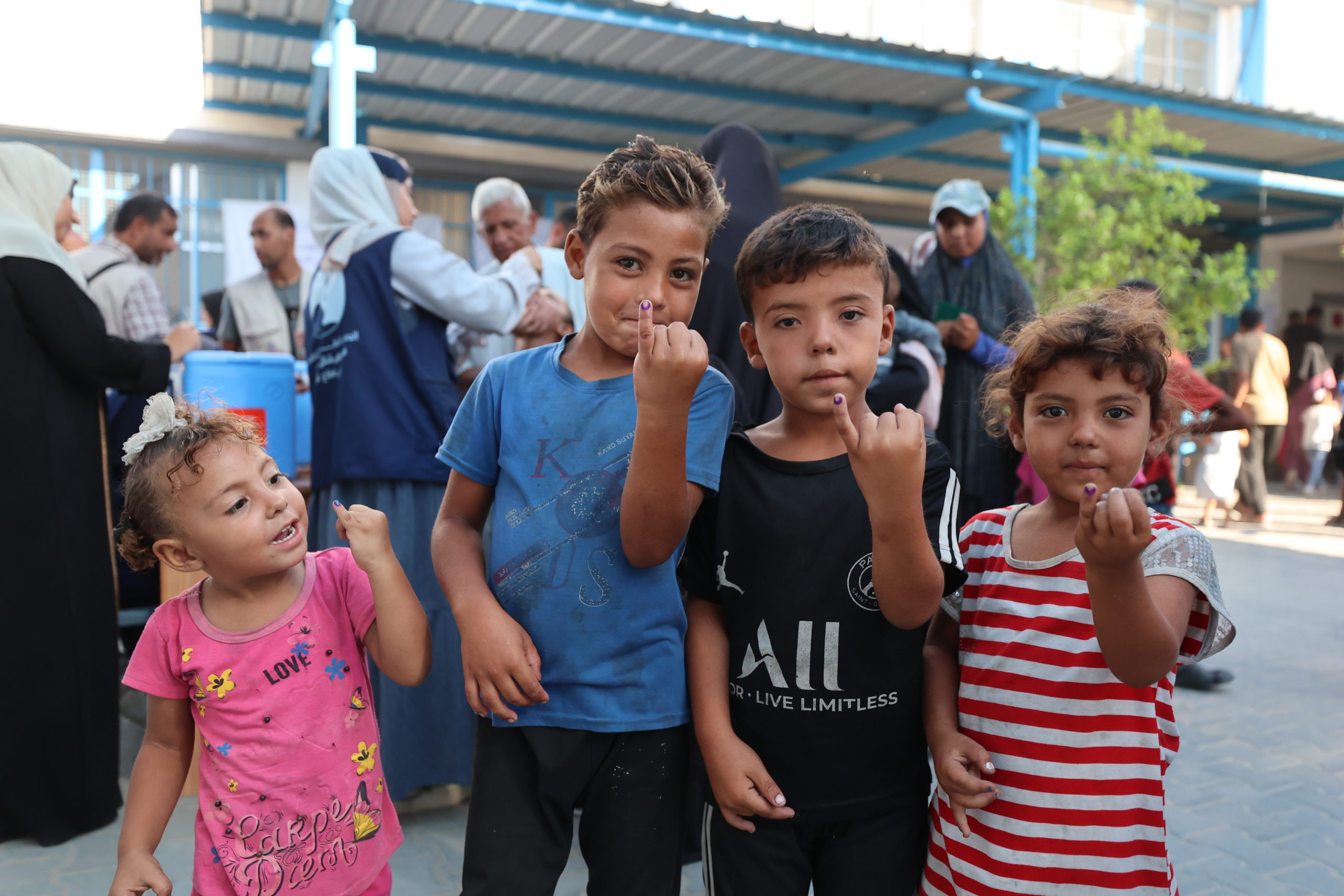
Eradicating polio is a particularly unforgiving task. While the virus remains anywhere in the world, it has the potential to spread around the globe to any vulnerable child or community. As the Global Polio Eradication Initiative (GPEI) zeros in on polio, it becomes more important than ever that every last virus is found and rapidly stopped in its tracks.
The Global Polio Eradication Initiative is using environmental surveillance, which has the ability to trace presence of a single infected individual amongst hundreds of thousands of people. In our recent photo story, meet Dr Ousmane Diop, as he explains the people and the practice of environmental surveillance, and shows why it is so important for the polio endgame.
Environmental surveillance is made possible, under WHO coordination, by the generous funding of Canada, the Korea Foundation for International Healthcare, the US Centres for Disease Control, the Bill and Melinda Gates Foundation, Rotary International, Switzerland and the UK’s Department for International Development.



